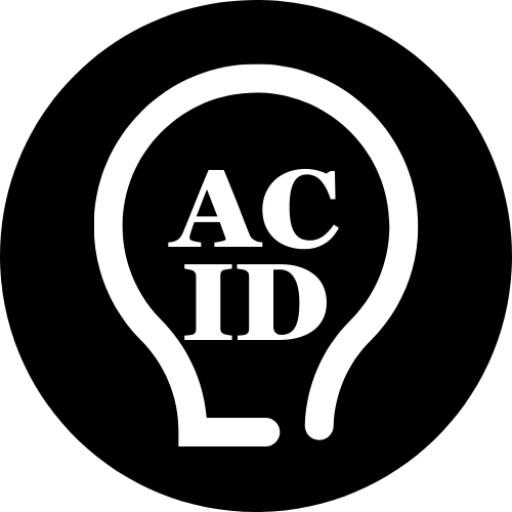
Content Marketing That Works: Practical Strategies
For B2B Success
Introduction
Bill Gates said once: “Content is king”, but its impact is greatly amplified when combined with a strong SEO strategy. This guide will explore how you can leverage content marketing to not only engage your audience but also improve your search engine rankings. By understanding key concepts like evergreen content, internal linking, and effective blog post structures, you can create a sustainable online presence that attracts and retains readers.
Understanding Evergreen Content
Evergreen content is the bedrock of any successful content marketing strategy. It refers to material that remains relevant and valuable to readers over an extended period. Unlike trending topics that quickly lose their appeal, evergreen content addresses fundamental questions and problems that persist over time. Think of topics like “how-to” guides, FAQs, or resource libraries. For example, a guide on “How to Start a Blog” will remain relevant for years, consistently attracting new readers.
The characteristics of evergreen content include:
- Timelessness: The topics covered do not change rapidly.
- Relevance: The content remains useful and engaging, regardless of current events.
- SEO Benefits: It can consistently attract organic traffic and improve search engine rankings over time.
By focusing on these characteristics, you can create a steady stream of traffic and generate leads long after publication, providing a higher return on investment. For instance, HubSpot’s marketing resources and Moz’s Beginner’s Guide to SEO are excellent examples of evergreen content that continue to drive traffic.
The Power of Internal Linking
Internal linking is another crucial element of a robust SEO strategy. It involves connecting pages within your website to form a network that helps both users and search engines navigate your site. An internal link connects two pages on the same website, and the second page should offer further detail or complementary information to the first. By effectively linking your content, you enhance navigation, improve user experience, and help search engines understand the structure of your website.
Key benefits of internal linking:
- Enhanced Navigation: Makes it easier for users to find relevant content.
- Improved SEO: Helps search engines understand your site’s structure, distribute page authority, and improve search rankings.
- User Engagement: By guiding users to related content, internal links keep them engaged longer and reduce bounce rates.
The concept of the “semantic cocoon” is particularly relevant here. This strategy involves creating a coherent set of content that broadly and comprehensively covers a theme by classifying content into parent and child pages. Parent pages link to child pages, which explain the parent content in greater detail.
Structuring Blog Posts for Success
Creating well-structured blog posts is essential for both user experience and SEO. A clear framework ensures that your content is skimmable, engaging, and actionable. According to the sources, about 43% of readers skim blog posts, so having clear sections and headings is crucial.
The main elements of an ideal blog post framework include:
- Compelling Headline (H1): The first thing readers see, so it needs to be attention-grabbing.
- Engaging Introduction: Hook your audience by addressing their pain points or posing a question.
- Subheadings (H2s): Break up your content into digestible chunks for better navigation.
- Visuals: Images, infographics, and videos enhance engagement and illustrate complex ideas.
- Internal and External Links: Guide readers to other relevant pages on your site and add credibility by linking to authoritative sources.
Furthermore, you must create content that aligns with what your audience is searching for online through keyword research, ensure your content is well-organized through outlines, and focus on delivering value through actionable insights and practical advice using short paragraphs and conversational language. Optimising on-page SEO elements, like meta titles and descriptions with target keywords, and using alt text for images, are also important. Finally, always proofread and edit your work before publishing.
Conclusion
By focusing on the elements outlined above, you can create a content marketing strategy that not only resonates with your audience but also boosts your SEO. Remember to create evergreen content that provides lasting value, utilize internal linking to improve site navigation and structure, and format your blog posts for optimal engagement. With these strategies in place, you can create content that will drive sustainable growth and online visibility.
Next Steps
To dive deeper into each of these topics, explore our related articles:
- Evergreen Content: The Easy Way To Content Marketing
- Find out why is internal linking (so) important
- What is The Ideal Blog Post Framework in 2025?
- How To Drive An Effective SEO Strategy For B2B SaaS Businesses
> Back to the top pages
🔓 Unlocking Success with Google SEO Tools: A Comprehensive Guide
✍️ Content Marketing That Works: Practical Strategies For B2B Success
➡️ Mastering Keyword Research: A Practical Guide for SEO Success
Get B2B Marketing tips delivered straight to your inbox
